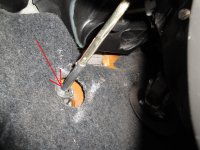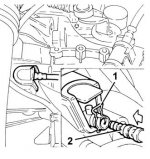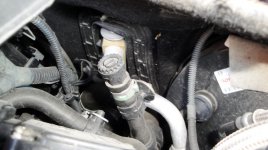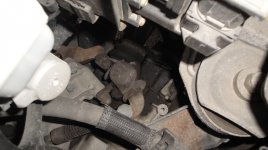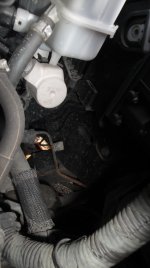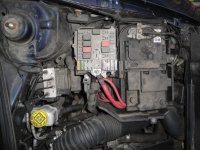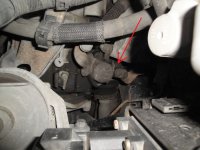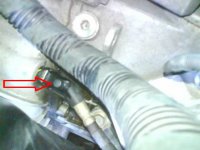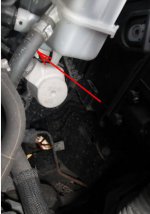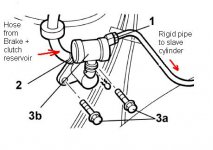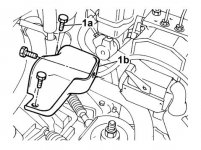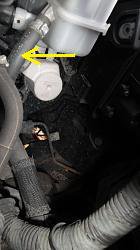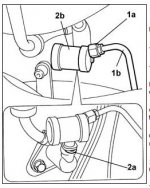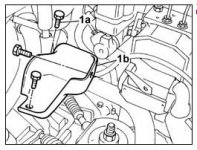Hi everyone,
By now I think most of us know there is a dead point on every Stilo clutch. I'm not talking about the point from when its down to where it bites, but the point from where it's sitting when not pressed to where its actually starting to move the piston.
My dilemma is: On my Stilo, when I first bought it, I noticed that the clutch had a relatively high biting point (55-60% up) but was smooth as a whistle and didn't seem to be worn so I figured it was ok. After owning it for about 2 months I've noticed something rather strange. If I drive in heavy traffic and I use the clutch a lot, the gap between where the pedal stands and where it actually begins to move the piston is getting larger, thus the clutch bites at about 35% because the rest of the course is dead end. Even weirder is the fact that after letting it undriven for about an hour everything is back to normal.
The other Stilo has the same biting point always regardless of how much I use it in traffic. I'm worried that one day it will move so down that I will be stuck in gear and forced to cut the engine to stop.
Sorry for the large topic but I couldn't really find any words to describe this easier.
I would very much appreciate any suggestions whatsoever.
Cheers to all.
By now I think most of us know there is a dead point on every Stilo clutch. I'm not talking about the point from when its down to where it bites, but the point from where it's sitting when not pressed to where its actually starting to move the piston.
My dilemma is: On my Stilo, when I first bought it, I noticed that the clutch had a relatively high biting point (55-60% up) but was smooth as a whistle and didn't seem to be worn so I figured it was ok. After owning it for about 2 months I've noticed something rather strange. If I drive in heavy traffic and I use the clutch a lot, the gap between where the pedal stands and where it actually begins to move the piston is getting larger, thus the clutch bites at about 35% because the rest of the course is dead end. Even weirder is the fact that after letting it undriven for about an hour everything is back to normal.
The other Stilo has the same biting point always regardless of how much I use it in traffic. I'm worried that one day it will move so down that I will be stuck in gear and forced to cut the engine to stop.
Sorry for the large topic but I couldn't really find any words to describe this easier.
I would very much appreciate any suggestions whatsoever.
Cheers to all.
Last edited:


